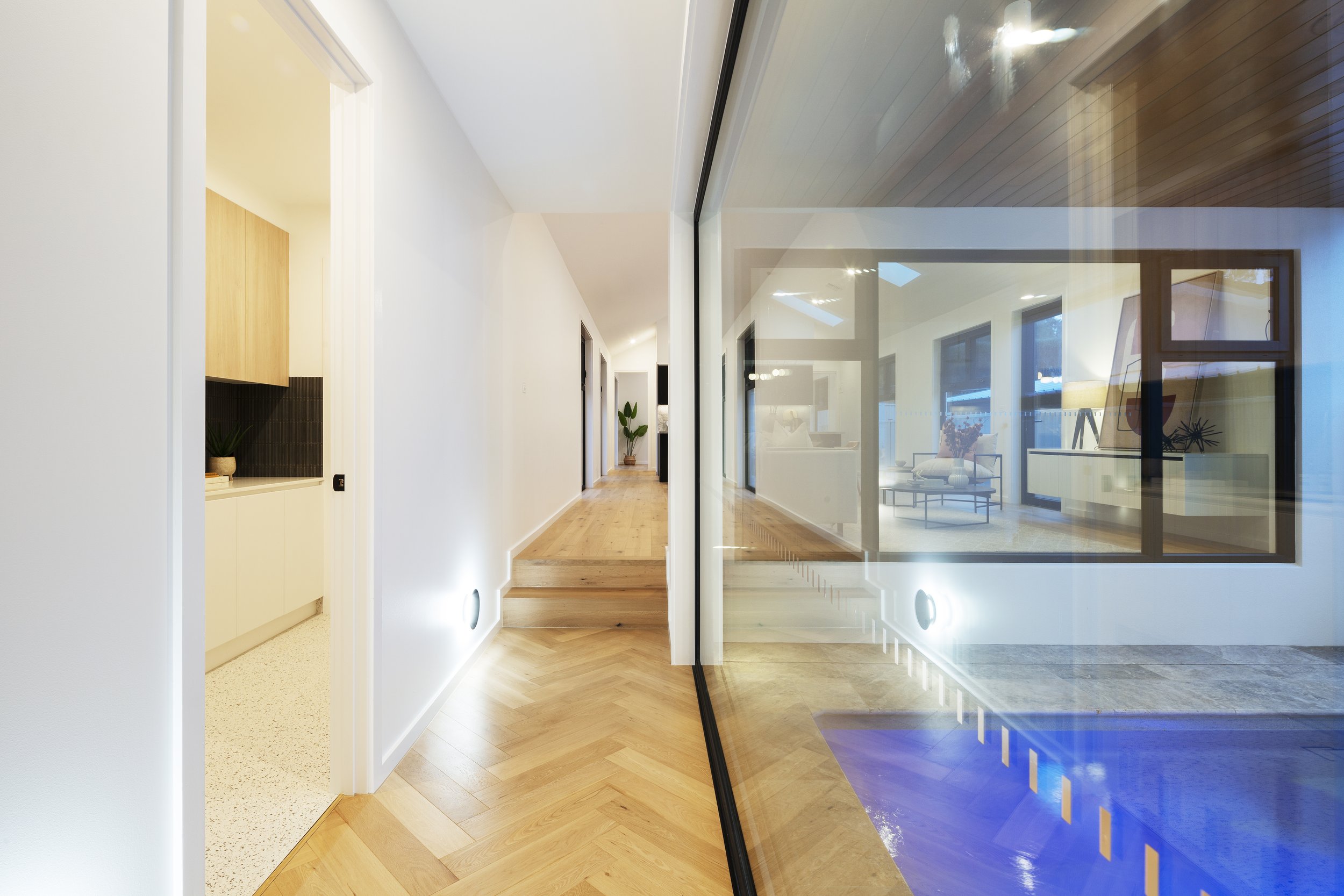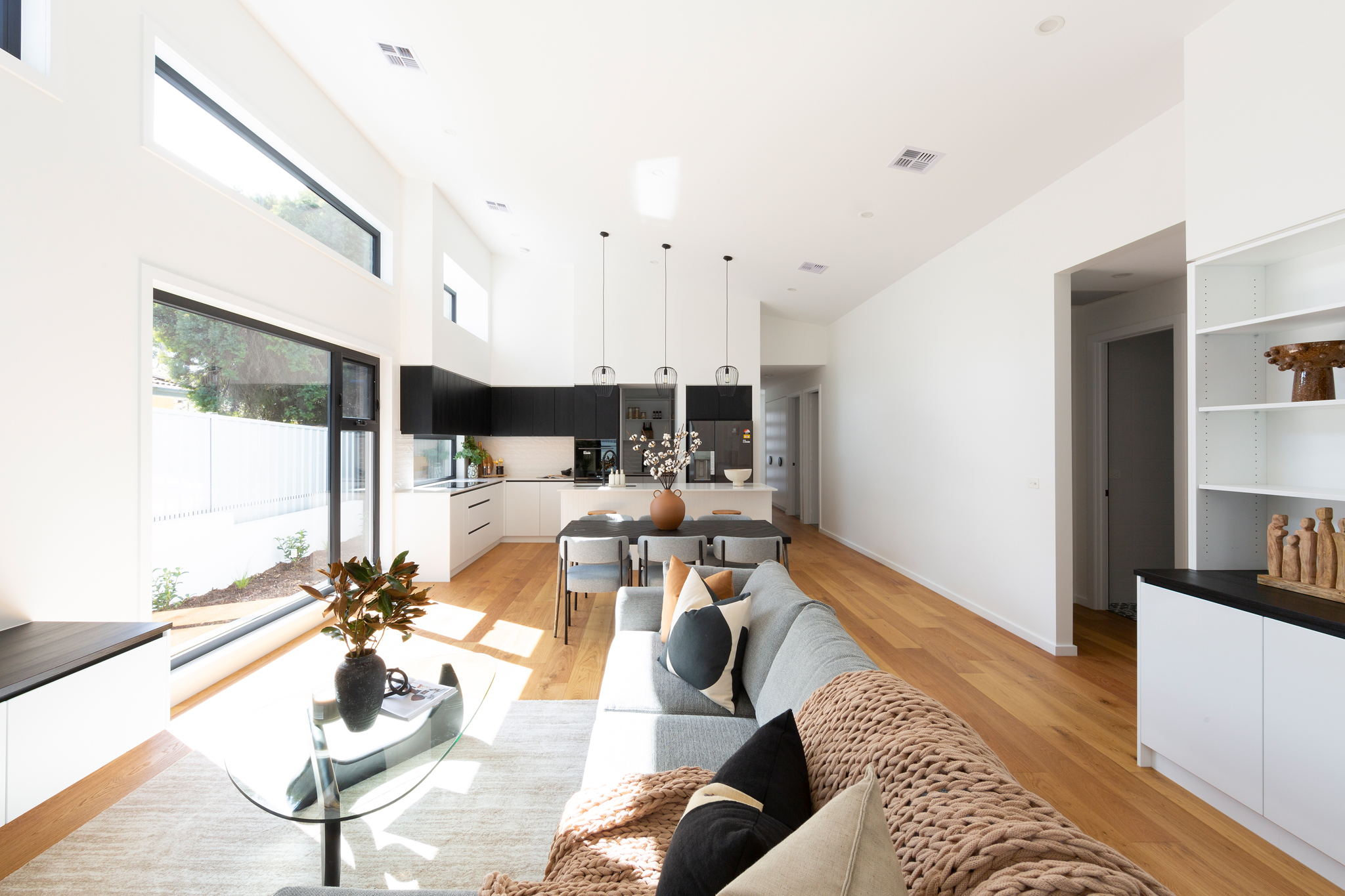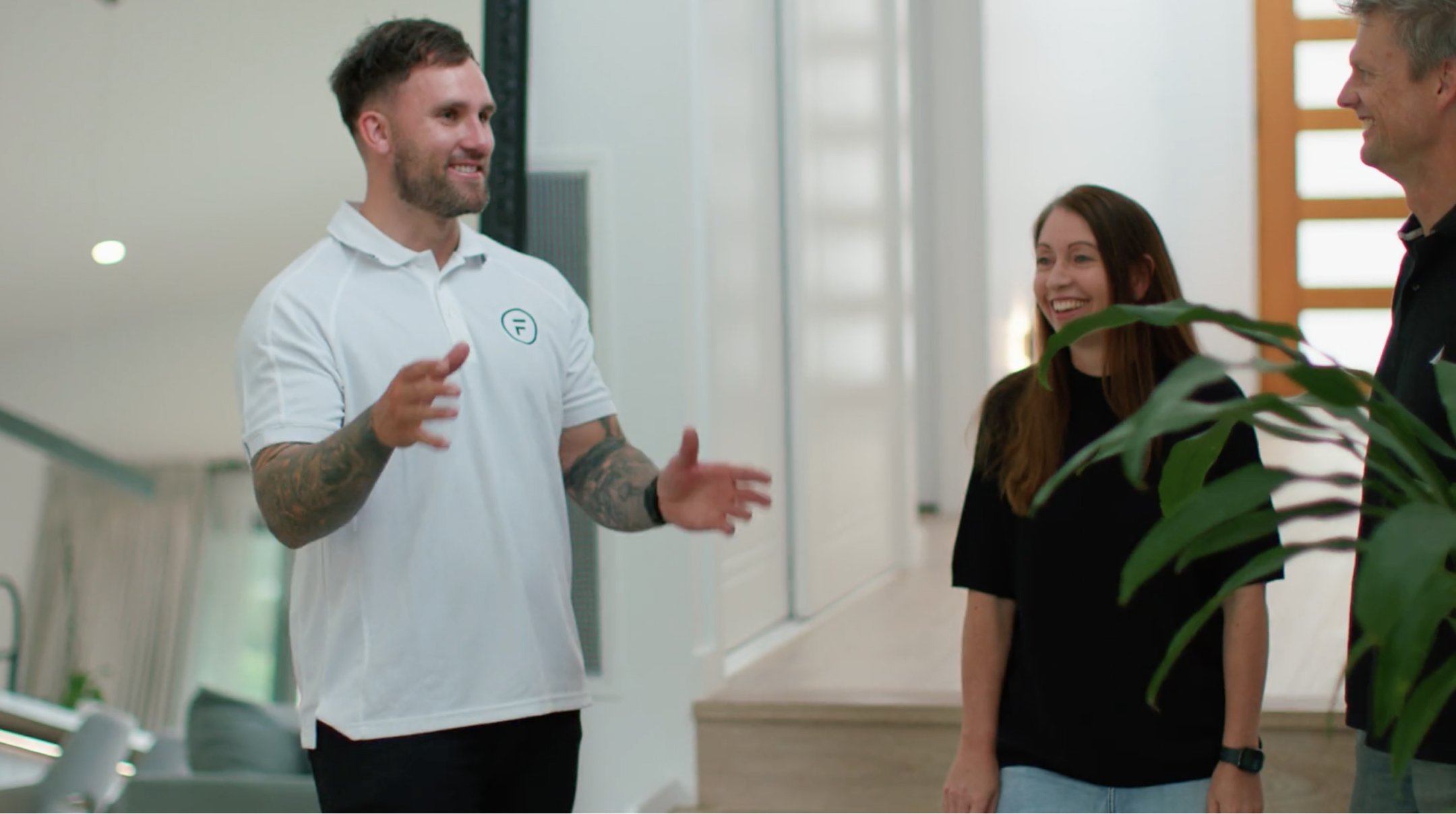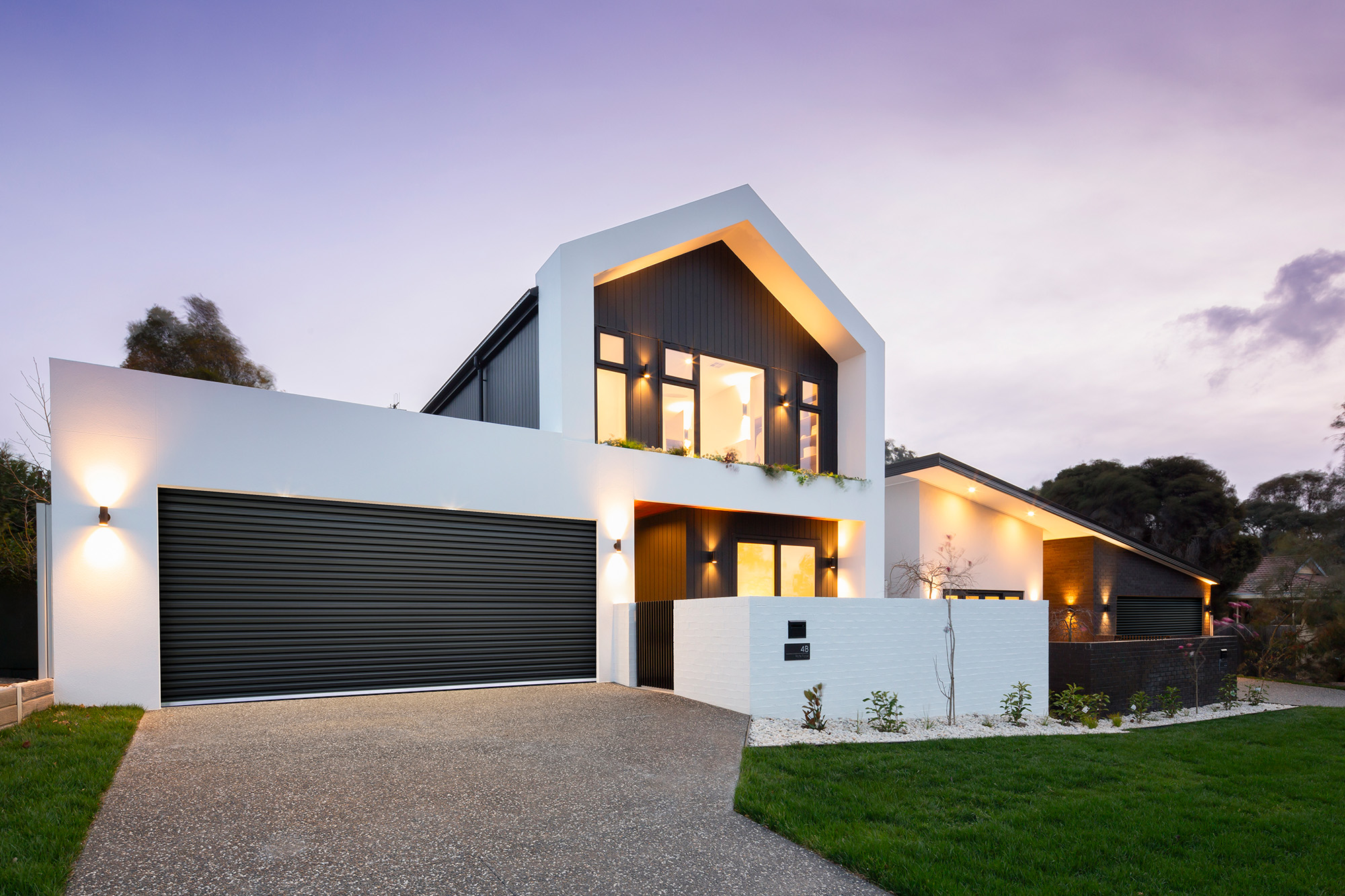A tale of one block, two homes, and three generations: A dual occupancy home story
You are here
/
/
A tale of one block, two homes, and three generations: A dual occupancy home story

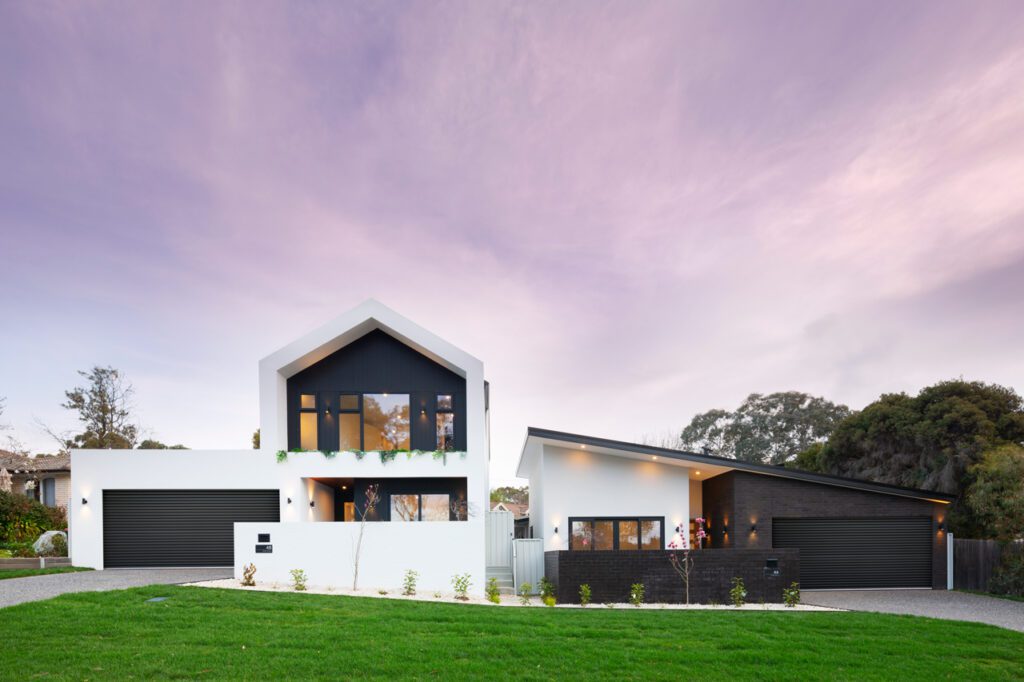
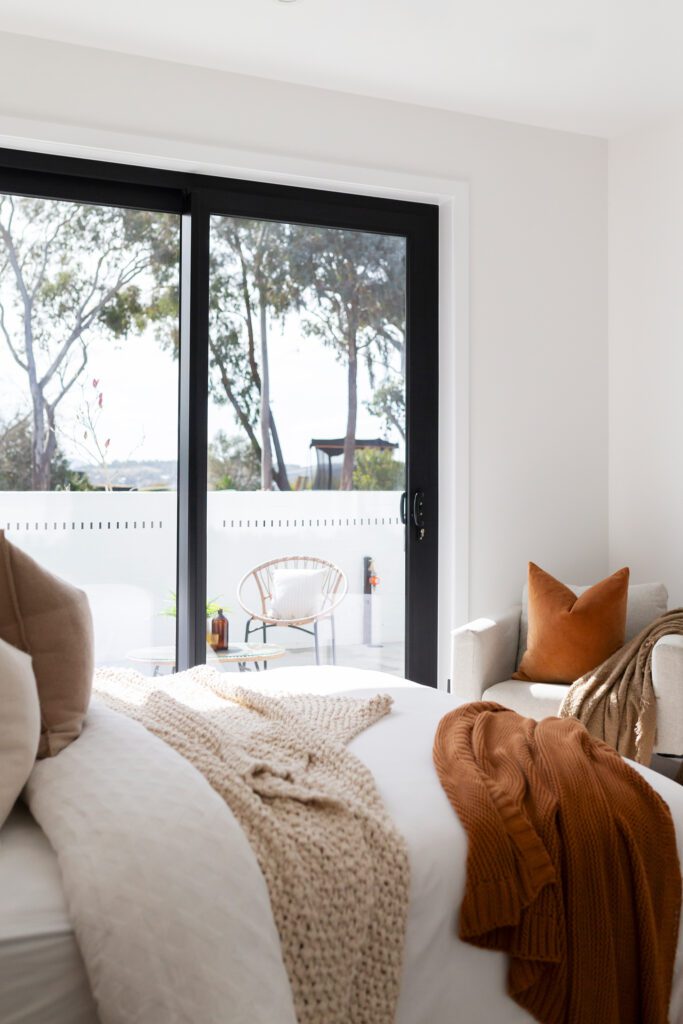
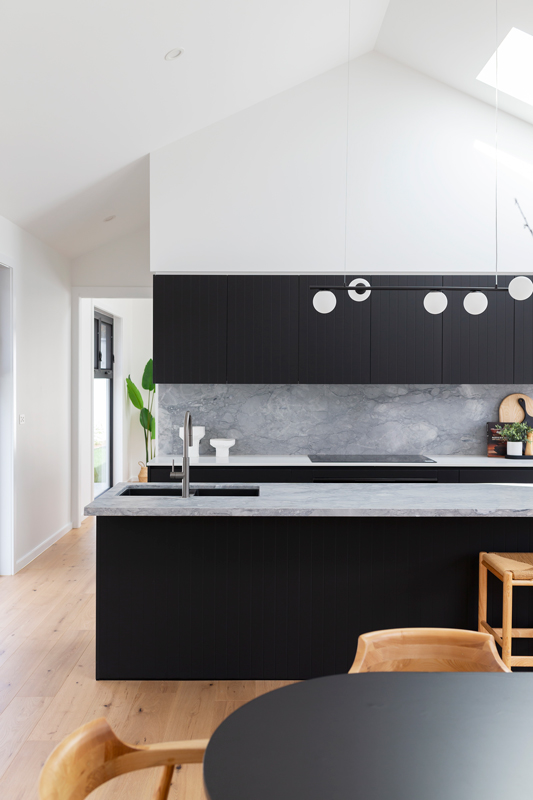
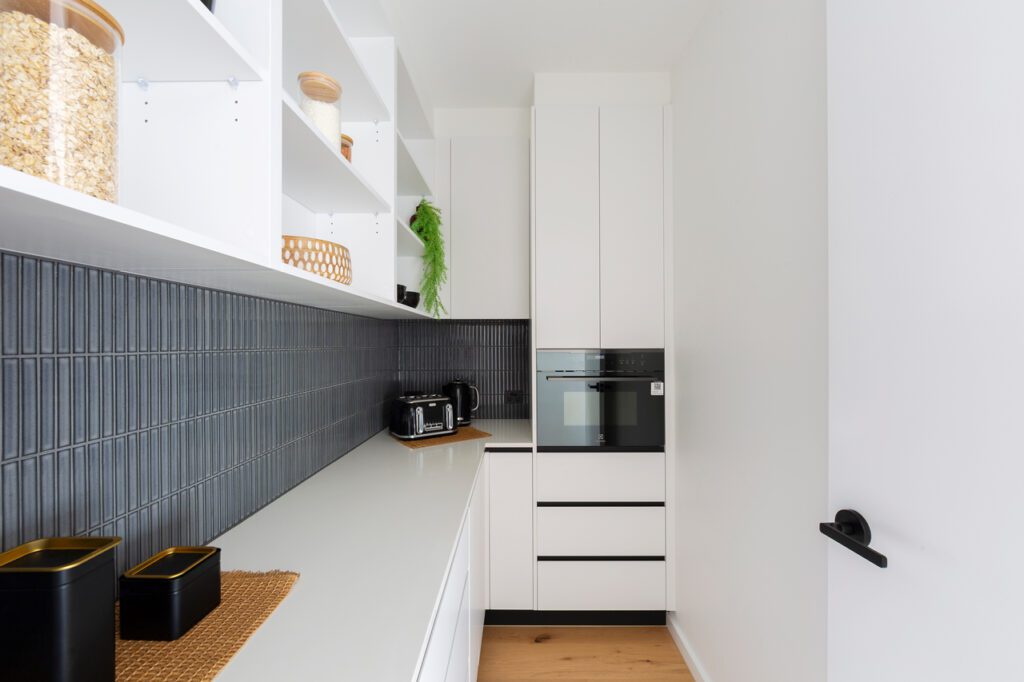
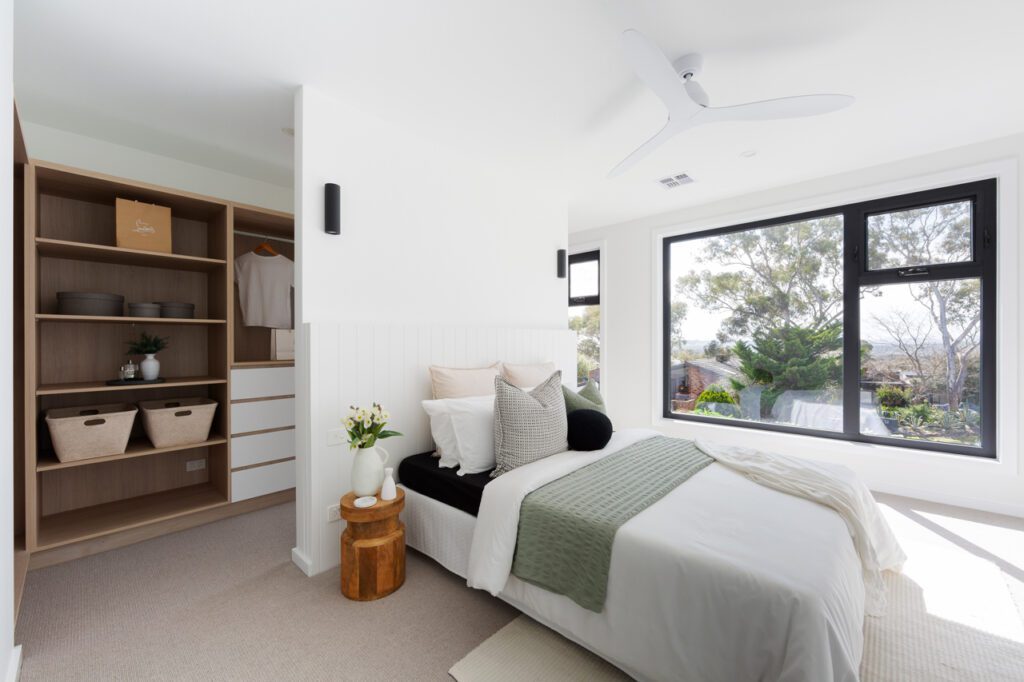
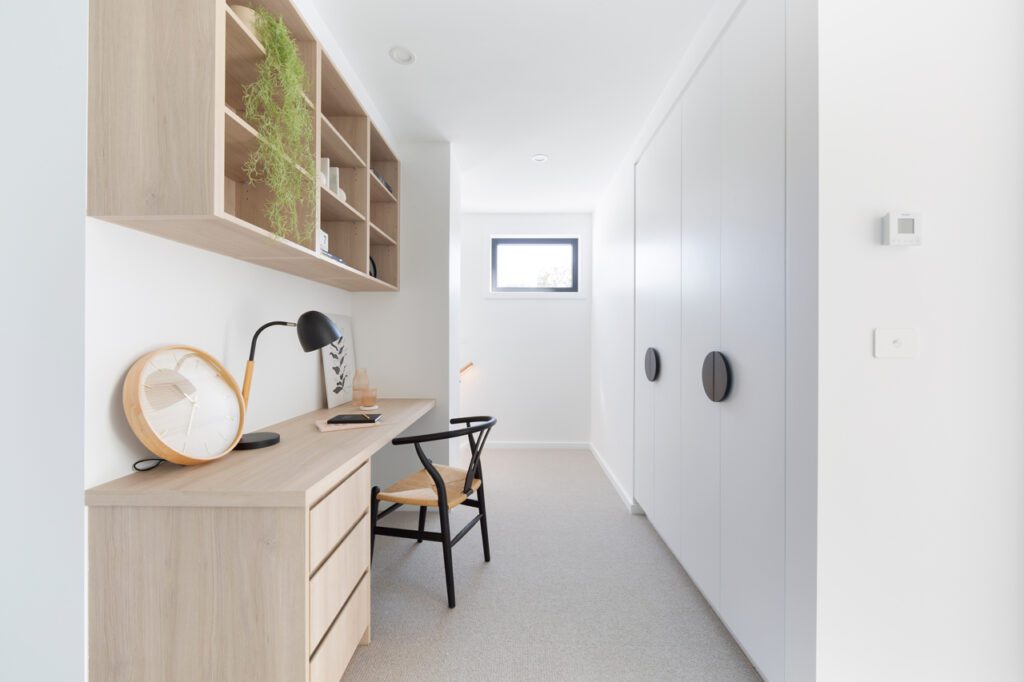


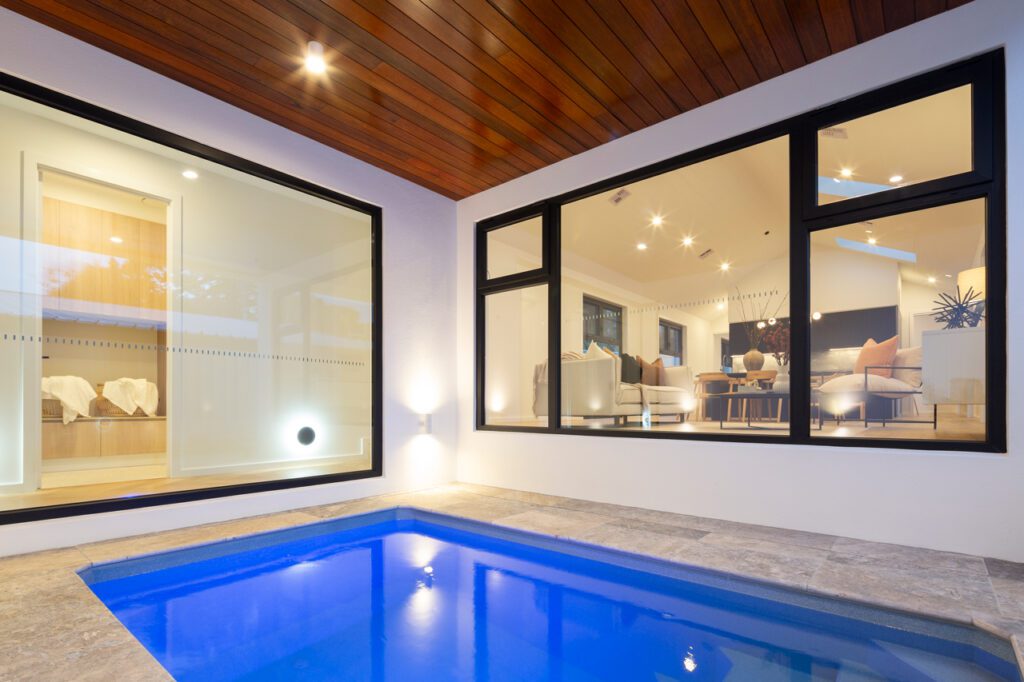
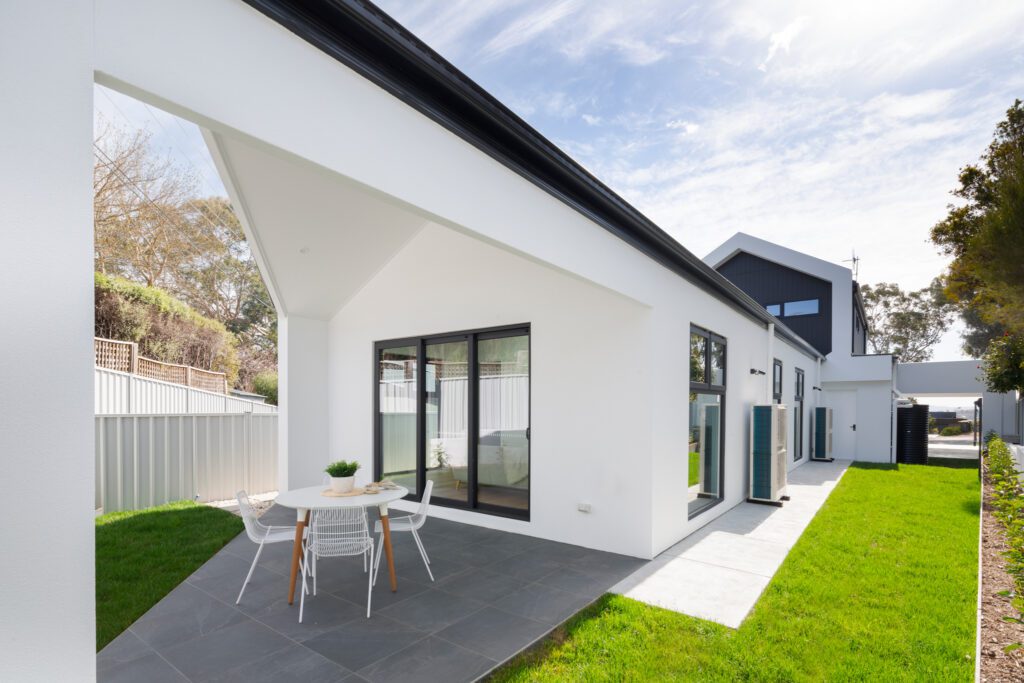
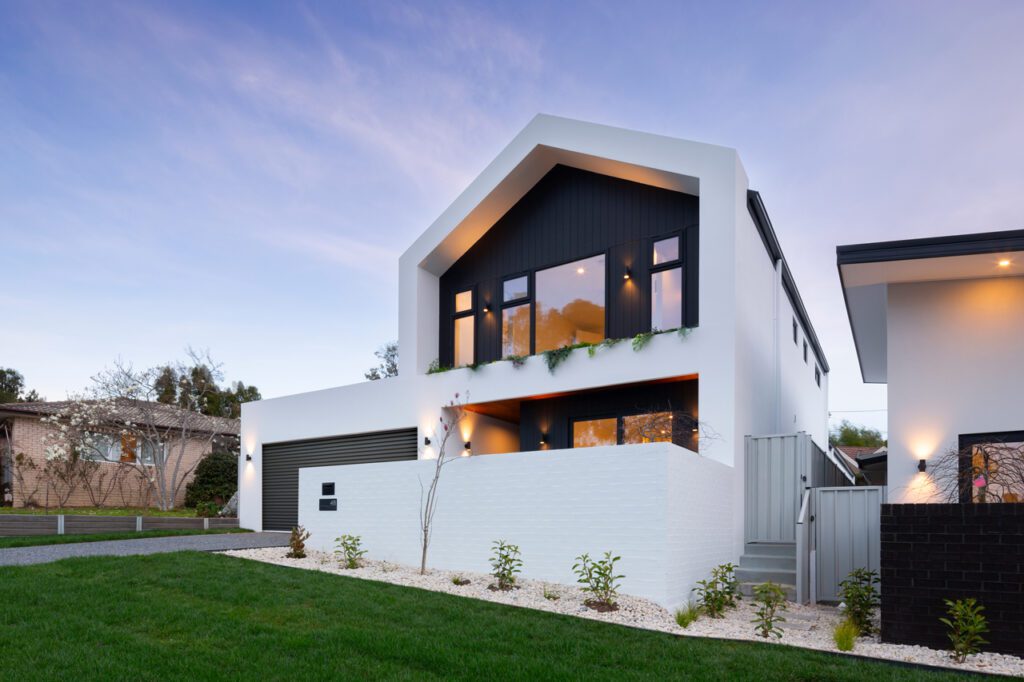
Highlights
Project Type: Dual occupancy homes (subdivision and knockdown-rebuild)
Location: Original family-owned block in Chapman, purchased in 1964
Timeline:
Construction completed in under 12 months
Sustainability:
- 75% of original home materials recycled
Solar passive design principles - Pro Clima airtight and vapour-permeable wraps
- Ethically sourced, low-VOC, and low-EMF materials
Energy Performance:
- 7.5 Star EER for House 1
- 7.2 Star EER for House 2
- Blower door test: ~4 ACH@50 Pa
Standout Features:
- Thermally broken glazing
- Plunge pool installation
- Spotted gum timber ceilings
- Dual living areas designed for distinct generational needs
Freedom transformed a single-family property purchased in 1964 into two architecturally striking, sustainable dual occupancy homes. Designed for multi-generational living, the project provided downsizing options for ageing parents and a modern, energy-efficient home for their son’s growing family. Completed in under 12 months, the build balanced performance, comfort, and design while recycling 75% of the original home.
Building a legacy with dual occupancy homes
In 1964, a young couple stood among a crowd at an auction ballot, their hearts pounding with anticipation. When the final gavel fell, the land was theirs—for just $1,600. It was more than a purchase; it was the beginning of a life chapter—a place to raise a family, create memories, and shape a future of their own making. The home they built was the first on the street, a testament to their dreams and hard work.
Through the years, their children played in the yard, laughter echoing through the halls. Every milestone, every gathering, every moment of their lives was shaped within the walls of this home. But as time moved forward, the once-young couple found themselves in a house that no longer suited their needs. Their son, now with a young family of his own, saw an opportunity—not just to preserve their history, but to adapt the block for the next generation through a dual occupancy home design.

Reimagining a family home through dual occupancy development
In 2022, the idea was born: to subdivide the land and create two homes—one for his ageing parents to downsize into, and another for his own family to step into the property market. This dual occupancy home concept offered a practical and personal solution. A local builder was engaged to bring this vision to life, but as the process unfolded, miscommunication and unmet expectations led to frustration.
Determined not to let setbacks define their journey, the family turned to Freedom. From the first meeting, a connection was formed. The team took a step back, reassessed the plans, and ensured they aligned with the family’s aspirations. With each discussion, confidence grew, and the project moved forward with renewed purpose.
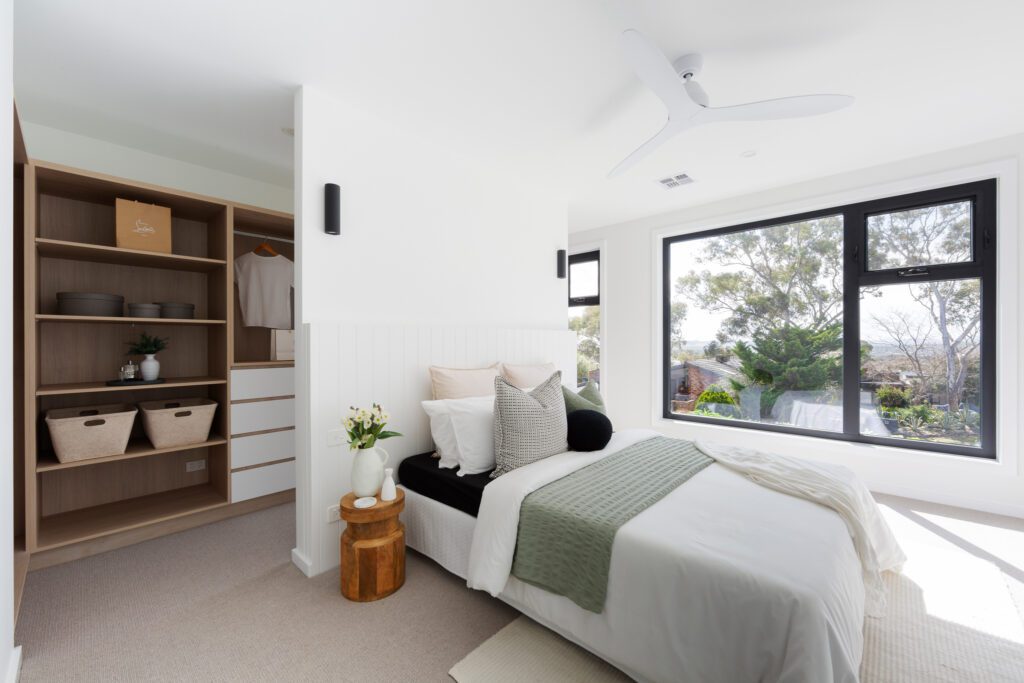
Designing high-quality dual occupancy homes
The transformation began in August 2023. The original home was carefully dismantled, with 75% of its materials recycled—concrete repurposed, timber sent to recyclers, metal salvaged. The land was reshaped with precision, 130 truckloads of fill removed, and robust retaining walls built. What followed was the construction of two architecturally striking, high-performance dual occupancy homes, designed not only for aesthetics but for sustainability, comfort, and longevity.
These homes embodied the principles of a healthy and efficient lifestyle—optimal air quality, ventilation, solar-passive design, ethically sourced materials, and energy efficiency. Every detail was considered, from thermally broken windows to low-VOC paints, from airtight construction to meticulous insulation. Even as unexpected challenges arose—like a mammoth 275kg window needing a second installation—the team met each hurdle with resilience, ensuring no delays or compromises on their promise of quality.
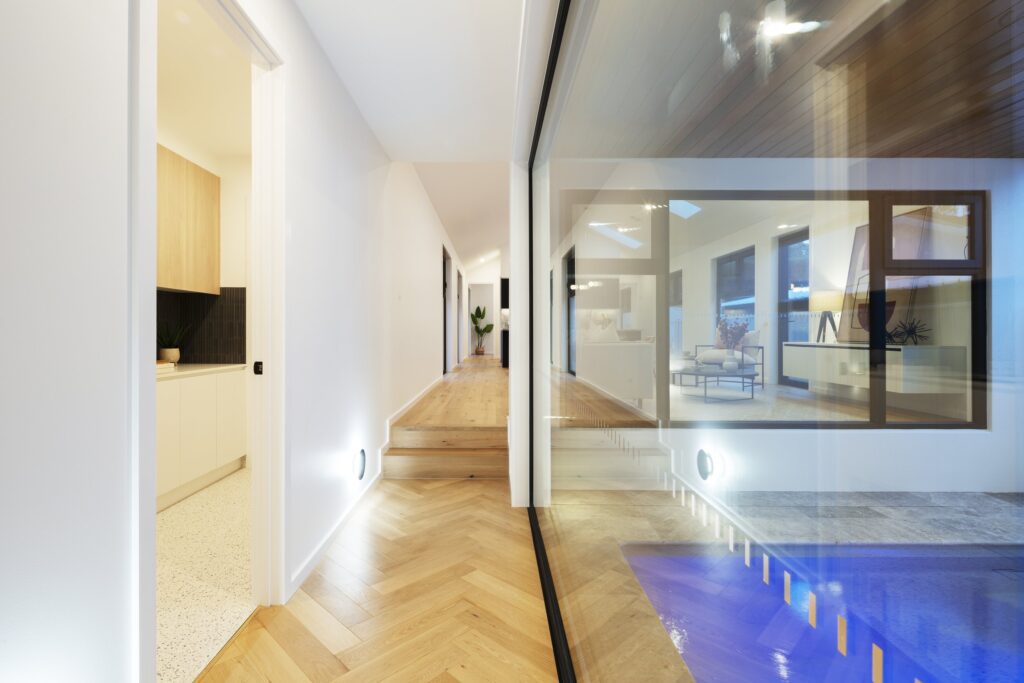
Multi-generational living made possible
House 1, designed for the ageing parents, was streamlined, efficient, and comfortable. Thoughtful design compensated for solar constraints, ensuring warmth in winter and coolness in summer, giving them a space built for the years ahead.
House 2, built for the next generation, was light-filled and open, a safe and inviting space where children could play, grow, and thrive. In both homes, craftsmanship and attention to detail were paramount, from the precision of tile installations to the warmth of timber accents.
This type of dual occupancy home offers an ideal solution for multi-generational families—preserving connection while ensuring independence. Within a year, the project was complete—two homes standing side by side, connected not just by land, but by shared history and new beginnings. The son had given his parents a home where they could age with ease, while his own family planted roots in the same soil that had nurtured his childhood.
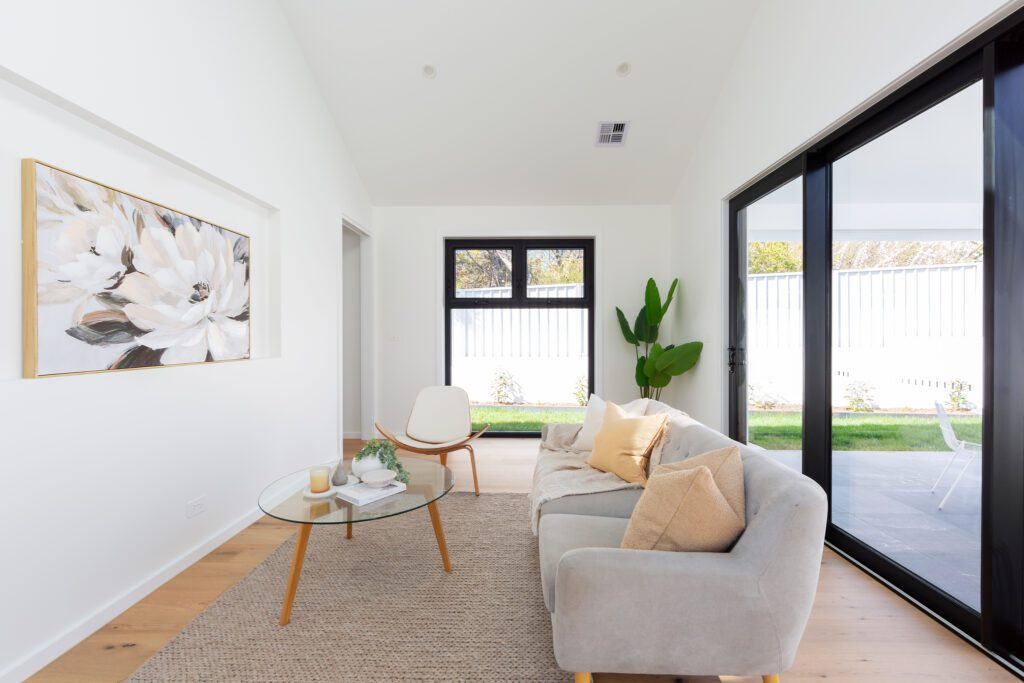
Why dual occupancy homes matter
Dual occupancy homes offer a unique blend of lifestyle and financial benefits. Whether it’s to support extended family, maximise land use, or create an additional rental income stream, this type of residential design is becoming increasingly popular across Australia.
For the Gavins, dual occupancy was not just a solution—it was a legacy. It provided flexibility for today and options for tomorrow. And for Freedom, it was an opportunity to demonstrate how thoughtful design and sustainable construction can redefine what it means to feel at home.
FAQs
A dual occupancy home refers to two separate residences built on a single block of land. These can be attached (like duplexes) or completely detached, as in the Chapman project. They’re ideal for multi-generational living, downsizing, or generating rental income.
The decision was driven by family needs—allowing ageing parents to downsize into a comfortable, accessible home while enabling their son’s young family to enter the property market. It was a practical solution that also preserved their connection to the land they’d owned since 1964.
From demolition to handover, the project was completed in under 12 months—including the construction of both homes, landscaping, retaining walls, and installing features like the plunge pool.
Very. Freedom Built prioritised sustainability at every step—recycling 75% of the original home, using low-VOC materials, installing thermally broken windows, applying vapour-permeable wraps, and designing for solar efficiency. The result was a 7.5-star EER for one home and 7.2 stars for the other.
The homes included spotted gum timber ceilings, a craned-in plunge pool, high-performance glazing, and custom joinery. Each home was tailored to its occupants—one streamlined for downsizing, the other open and family-friendly.
That depends on local council regulations, block size, zoning, and orientation. At Freedom Built, we can help assess your site and guide you through feasibility, design, and approvals.
With honesty and flexibility. From navigating trust issues after a previous builder to solving access issues for heavy glazing and reordering oversized materials, Freedom worked collaboratively with the clients to keep the build on track—without cutting corners.
Yes. Dual occupancy homes can maximise land use, reduce costs for families, and create rental or resale opportunities. They’re increasingly popular in urban and suburban areas across Australia.
We’re based in Canberra and focus on custom, sustainable and healthy builds including dual occupancy, knockdown-rebuilds, and high-performance homes. If you’re considering a similar project, we’d love to talk.
